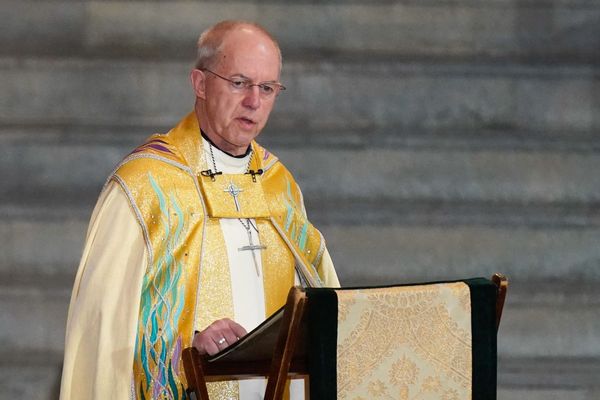
“A good fashion designer must be an architect for the patterns, a sculptor for the shape, a painter for the designs, a musician for the harmony and a philosopher for the fit.” Cristóbal Balenciaga
Cristóbal Balenciaga was the greatest fashion designer of all time and continues to be a major influence on fashion today, according to Eloy Martínez de la Pera, the curator of Balenciaga and Spanish Painting, a fascinating new exhibition at Madrid’s Museo Nacional Thyssen-Bornemisza, which runs until 22 September 2019. While that assertion might be up for debate, what is indisputable is the influence that fine art has had on fashion over the ages. Spanish painters El Greco and Goya could in fact be described as the first great fashion designers. This exhibition masterfully demonstrates how the designs of Cristóbal Balenciaga are linked to the great Spanish painters of the 16th to 20th centuries. On show for the first time are 90 Balenciaga garments and 55 Spanish paintings, some of which have never been loaned before. The collection of paintings, drawn from the Thyssen’s own impressive collection and from major museums and private collections across Spain, is presented in chronological order next to the Balenciaga dresses inspired by each painting or painting style.

This first major exhibition showcasing the famous Basque designer, to be held in Madrid in almost fifty years, was four years in the making and its meticulous attention to detail and careful choice of each piece shines through. On show are 25 designs borrowed from the Cristóbal Balenciaga Museo in Getaria where he was born, plus 65 garments from the Museo del Traje in Madrid, the Museu del Disseny in Barcelona, as well as from numerous private collections in Spain and elsewhere, many of them never previously exhibited in public. The 55 paintings have been loaned by Spanish institutions such as the Museo Nacional del Prado, the Museo de Bellas Artes de Bilbao and the Museo Lázaro Galdiano and from private holdings such as the Abelló and Alicia Koplowitz collections. Rarely seen works by El Greco, Velázquez, Murillo and Goya are alone worth visiting the exhibition. Each room in the exhibition is dedicated to one of these Spanish painters who influenced Balenciaga, from El Greco to Francisco de Zurbarán and Francisco de Goya. For example a yellow silk dress with a feathered evening cape (1967) is placed beside El Greco’s colorful “The Annunciation” (1576).

From an early age, Cristóbal Balenciaga was exposed to the works of El Greco, Goya and Velazquez, when visiting the homes of the wealthy with his seamstress mother. References to Spanish art and culture can be seen in Balenciaga’s designs, from the minimalism of religious garments to the way the flounces in his dresses mirror those of a flamenco dancers or in the black garments popular with the Spanish Habsburg court. A 1946 evening jacket on show in the exhibition is based on a matador’s jacket. With his Spanish heritage and the history of art always in mind, Balenciaga often revived historical techniques and styles and reinterpreted them in his modern designs.

While there are plenty of typically Spanish black dresses in this exhibition, Balenciaga’s love of color, including his favorite, pale pink, features in many of the garments here. He also often used heavy, luxurious fabrics and enriched his designs with handmade embroidery, rhinestones and sequins.

The “peacock” line of a dress or skirt with a hemline shorter at front to enable the wearer to walk more easily is one of Balenciaga’s inventions that is still used today. Unlike Dior’s popular 1947 “New Look”, a dress with a nipped in waist and full skirt, Balenciaga offered something completely different, first with his sack shaped dresses that totally eliminated the waist and then later in the 1960s with his famous “envelope” dress.

Comfort, Spanish culture and the use of innovative shapes defined Balenciaga’s creations that in turn influenced fashion until 1968 when haute couture began to lose ground to pret-a-porter. At this point Balenciaga decided to close his fashion house. His final dress, a wedding dress designed in 1972, appears in the last room of this spectacular exhibition. Balenciaga’s influence on fashion continues today as was evident in this month’s Madrid Fashion Week, a semi-annual showcase of emerging and established Spanish fashion brands.
Balenciaga and Spanish Painting at Museo Nacional Thyssen-Bornemisza until 22 September 2019







